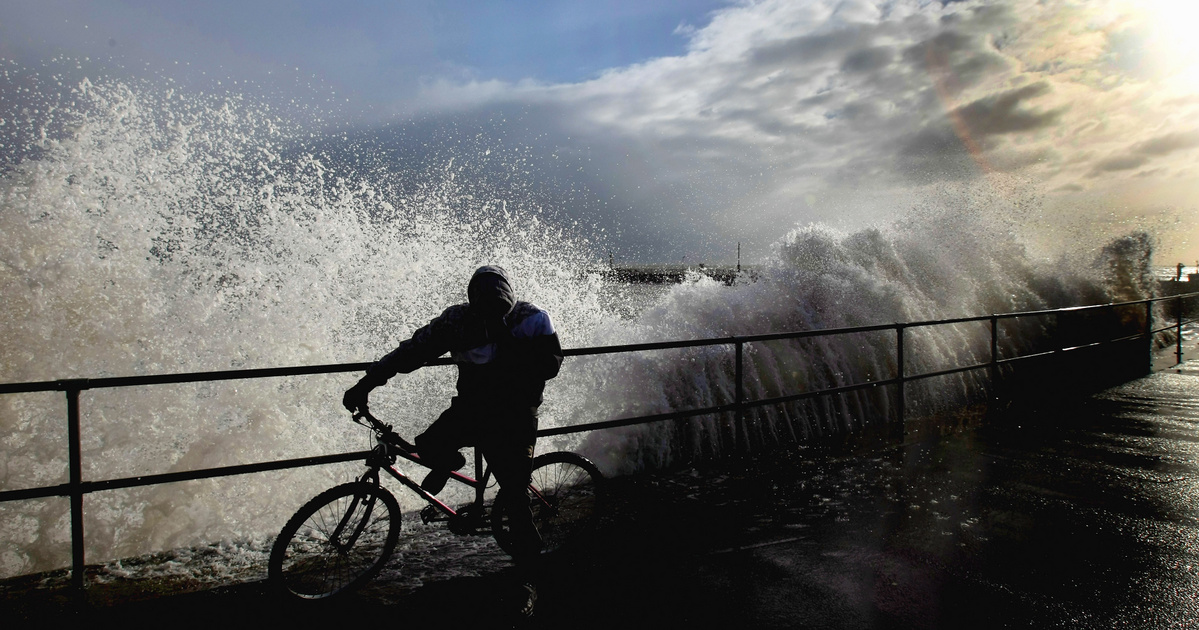Waves are important for the ocean system Part It is formed because it helps control the speed of water registration, carbon dioxide, and to preserve the coastal line design. With high temperature, weather patterns change, waves are diverted, for example, larger and stronger. This threatens the coastal line, and overcrowded in the population near the water, but if it can use its energy, it may be good from the growth of water ruffles.
The waves on the surface of the ocean mostly cause air movement, but since the wind is not usually, small fluctuations occur on the surface of the water. Since the wind contradicts these fluctuations, they grow to create larger surfaces, transfer more and more movement from air to the ocean.
There are hundreds of kilometers of wind that blows on the open environment, causing huge waves, which hit the beaches on a higher width. But seismic events, earthquakes and volcanic eruptions can also create ripple, and if they produce strong waves, they are mainly linked to the long wavelength and not to their height.
Khazas and tsunami
A good example of this is that the 2004 Indian Tsunami, which is only 10 meters high (on the coast), but a long period of 600 km long as huge accuracy, swept a huge amount of water inside the mainland.
In addition to the waves on the surface, there is a dangerous water movement in the depths. Large water is divided into layers of different temperatures and salt, and since the waves are formed on the facade of water and air, the external flow of fresh water from rivers and ice rivers can, or the tidal forces can send waves to layers of layers.
These operations play an important role in mixing the ocean,
Enhancing the transfer of intense dense water from the depth to the surface, as well as the transfer of nutrients and coal from sunny upper layers to the deeper water.
Researchers Mark Hermer says that the waves are basically wind products, and since global warming increases the amount of energy in the atmosphere, it generates stronger winds and storms, which leads to larger waves. Between 1985 and 2018, the wave in the southern ocean increased by 30 cm, and these waves continue in the Pacific, Atlantic and Indian Ocean, and thus the waves and energy increased there as well. But it is not uniform that the waves become more powerful everywhere, and the height of the wave in the Pacific and the North of the Atlantic Ocean may decrease.
According to researchers at the University of Melbourne, by 2100, about 60 percent of the world's coast will be more and more frequent. Floods can cause severe damage to the economy. The coast became more vulnerable.
But you should not focus only on the height of the wave, frequency, length, and direction, there is no less important if you want to check the changes and influence the sediments, sand and floods. The beaches are the balance of the material forces that they work on, and if any element in it changes, the balance will stop.
Many scientists are concerned about the potential destruction and turn against larger and fierce waves, and others believe that the waves play a role in dealing with the climate crisis. estimated
The average wave strength that passes through the base of the continental statue in Australia is about ten times the annual energy consumption in Australia.
The wave energy has many benefits for other forms of renewable energy, for example, less variable of wind or solar energy. It will be good to use, but technology is still under development.














































